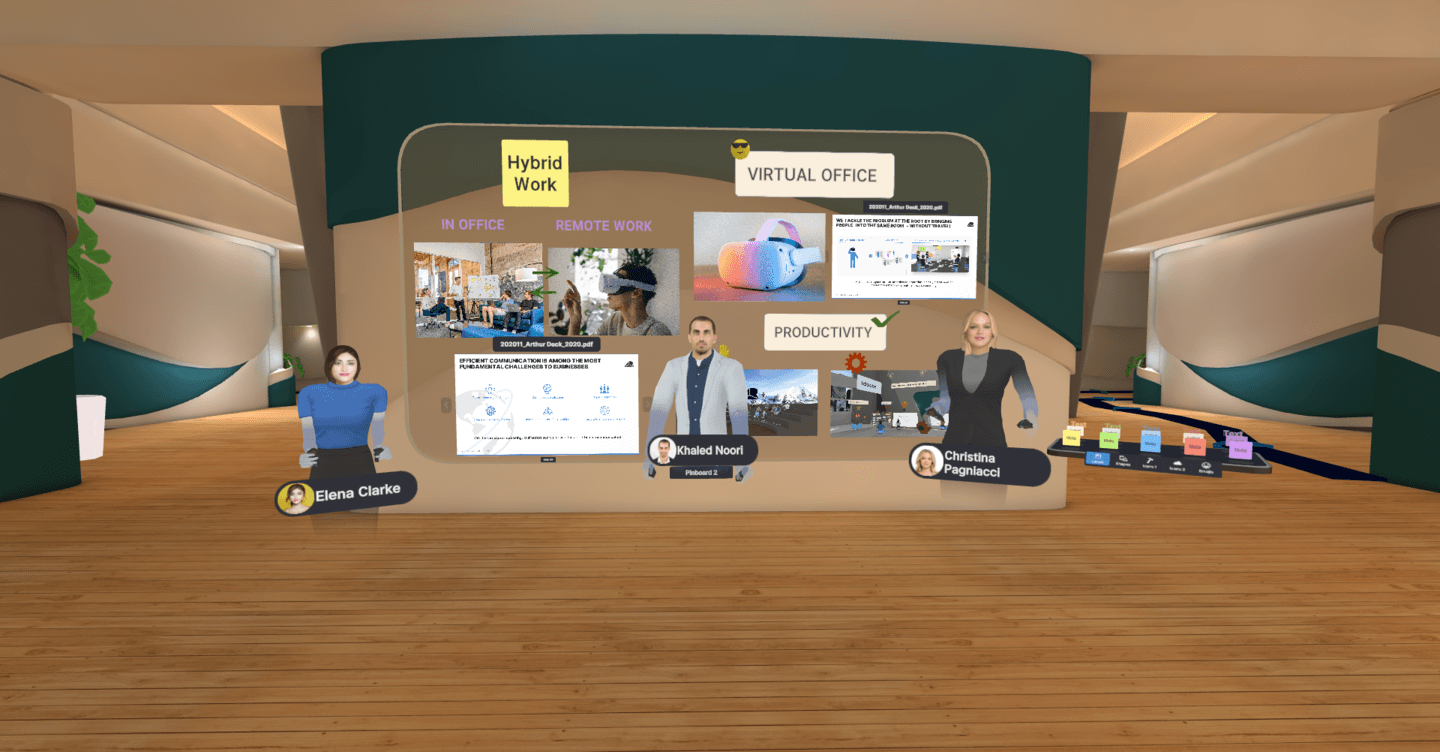5 Ways to manage your Hybrid Workforce

A survey by Mercer in May 2021 found that 7 out of 10 companies said a hybrid-focused model will become their new norm. Survey has also shown that only 3% of white-collar workers want to return to the office for five days a week. Gartner's research showed that only 1% of the surveyed leaders expect their employees to return to the office full time. These survey results show that Hybrid work has become the new normal and is wanted by employers and employees alike. While there are many benefits to hybrid work, it needs careful planning to realize these advantages. With your team spread across time zones and locations, it becomes even more important to have a common understanding. In a hybrid team, leaders' have the responsibility to provide a satisfactory working environment. They need to make sure employees have all the tools to have a productive work experience. How can you make sure that your team can experience all the benefits of hybrid work without sacrificing productivity or team connections? Here are 5 tips to help you manage your hybrid team.
Establish clear expectations
When everyone is working from different locations and time zones, it is necessary to have clear expectations. Everyone should be on the same page about the goal of the project, the processes, roadblocks and deadlines. This would allow employees to reserve their energy for productive tasks rather than spending time figuring out what they need to do. To address this, companies should establish communication channels based on projects. The team should form goals and associated deadlines through team discussion. Leaders should communicate these aspects should at an accessible location. Having some structures in place would reduce employees' day to day procedural work.
Track progress respectfully
Many employers struggle to accept remote work as they are physically unable to oversee their subordinate's output and cement trust in their productivity. In reality, multiple studies have reported that productivity among employees has actually increased. To resolve this doubt the company needs to establish transparent performance tracking. A good practice would be having scheduled check-ins among the team members to make sure everyone has the needed tools and training. Employees will be able to unlock professional success when they know the process of performance tracking.
Communicate more rather than less
In remote work, it’s no more possible for you to just walk over to someone’s desk to ask a question or say hello. A company should have a mix of tools like instant messaging, video conferencing and virtual reality to drive better communication. Messaging and video conferencing are good tools for short stand up and alignment calls. For complex meetings like brainstorming and establishing team connections, virtual reality is a better solution. Instead of worrying about miscommunication, it would be better to practice regular communication. This doesn’t mean that an employee should be bombarded with scheduled calls. The employer should try to strike the balance between communication and personal time. This way the employee feels comfortable carrying out their tasks.
Build Intentional Culture
At the onset of the pandemic, companies were not as concerned about culture as they are now. 2 years down the line, now the faces in the team are changing and now employees cannot count on past connections. Team building and employee engagement are a cornerstone of a company’s culture. Creating personal dynamics within a distributed company significantly increases the connectedness. Organizing team events could be a starting point for team bonding to happen organically. The immersive nature of Virtual Reality creates a physical and mental response like one would in an in-person meeting. The 3D nature lets the participants feel each other presence beyond the small box on a screen. This will not only maintain current employees’ commitment to the company but also attract new talent.
Consider mental health resources
For new employees, joining a new company from a remote setting can be unnerving. Even current employees may feel isolated and disengaged at work. To address such issues, companies should invest in mental health resources. Employers should try to build an open communicative work environment. Hybrid work is the present and future of the workplace. Companies need to double down on the above-mentioned aspects to make the most of this opportunity. At Arthur, we help organisations efficiently manage their distributed workforce. To read more about the use of virtual reality in the workplace please check out our other blog posts.